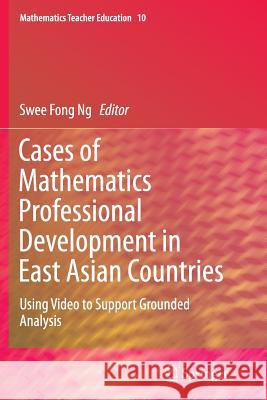Cases of Mathematics Professional Development in East Asian Countries: Using Video to Support Grounded Analysis » książka
topmenu
Cases of Mathematics Professional Development in East Asian Countries: Using Video to Support Grounded Analysis
ISBN-13: 9789811011696 / Angielski / Miękka / 2016 / 261 str.
Cases of Mathematics Professional Development in East Asian Countries: Using Video to Support Grounded Analysis
ISBN-13: 9789811011696 / Angielski / Miękka / 2016 / 261 str.
cena 401,58
(netto: 382,46 VAT: 5%)
Najniższa cena z 30 dni: 385,52
(netto: 382,46 VAT: 5%)
Najniższa cena z 30 dni: 385,52
Termin realizacji zamówienia:
ok. 22 dni roboczych.
ok. 22 dni roboczych.
Darmowa dostawa!
Kategorie:
Kategorie BISAC:
Wydawca:
Springer
Seria wydawnicza:
Język:
Angielski
ISBN-13:
9789811011696
Rok wydania:
2016
Wydanie:
Softcover Repri
Numer serii:
000276524
Ilość stron:
261
Waga:
0.38 kg
Wymiary:
23.39 x 15.6 x 1.42
Oprawa:
Miękka
Wolumenów:
01
Dodatkowe informacje:
Wydanie ilustrowane











